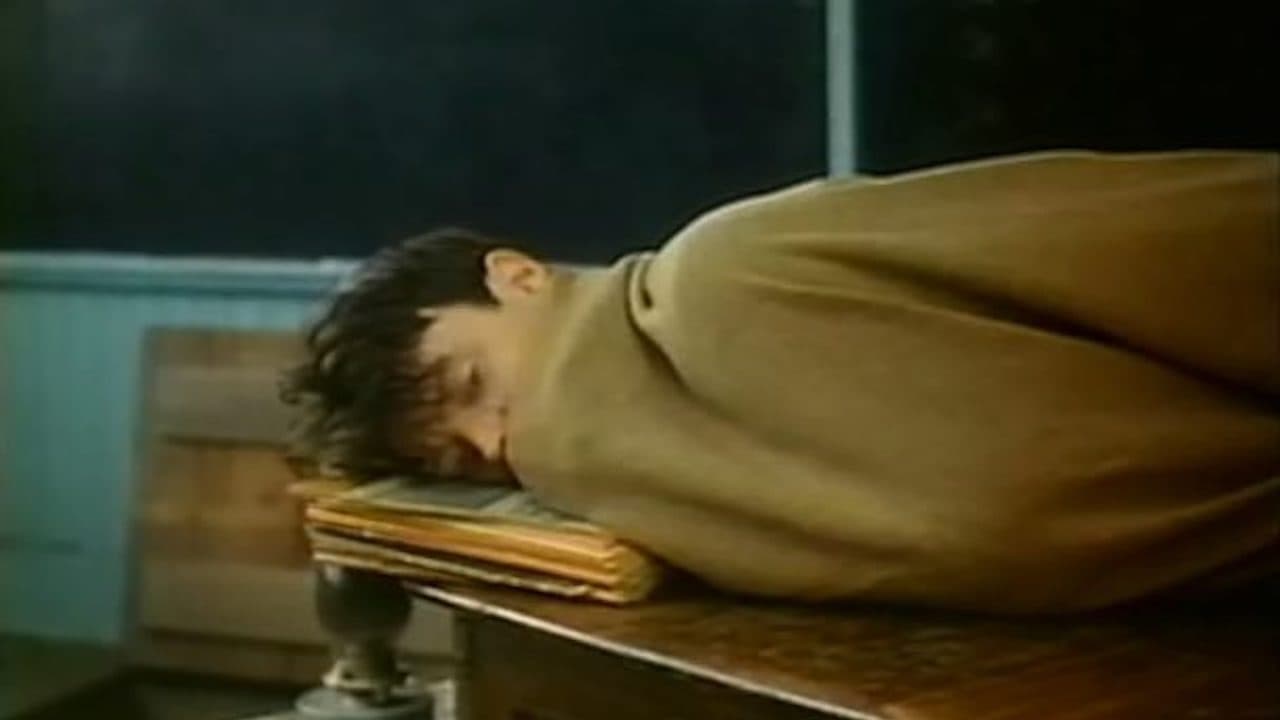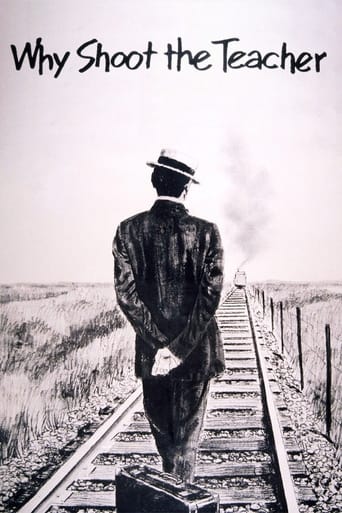

I was totally surprised at how great this film.You could feel your paranoia rise as the film went on and as you gradually learned the details of the real situation.
... View MoreThe acting is good, and the firecracker script has some excellent ideas.
... View MoreExcellent and certainly provocative... If nothing else, the film is a real conversation starter.
... View MoreThe storyline feels a little thin and moth-eaten in parts but this sequel is plenty of fun.
... View MoreThe subject of "why shoot the teacher?" is a burning one,as much today as it was yesterday:the teacher,fresh from his training college ,who takes his first class ,in a dead-and-alive hole (or ,worse,in the wrong side of the town).The young man (or woman)understands that all that he learned in college ,all the highest theories can't help him with his thankless job.His pupils are not the ones he was expecting.Any teacher,when he began,has been through all this. Bud Cort ,famous for his part of Harold in "Harold and Maude " is ideally cast as the young schoolteacher:his youthful looks ,his naive face and his resilience work wonders.For, in this part of Canada,mother nature is not really on his side.
... View MoreI think that why shoot the teacher is a good example of how life was like in the Parries during the depression. It shows how they had limited food and heating. Everything had to be rationed and some people were to proud to ask for help. So this movie is a good example of how life was like back then.This movie was very boring. It wasn't exactly what I expected I aleast thought that it would be more interesting the plot was too simple. I doesn't have any complexity.The ending was very weak. My god they guy hates the place and then the movie ends by saying that he goes back some ending. I cant believe people actually watched this movie back then standard were very low.
... View Morea remarkable political film reflecting both the times of the 30's and the 70's. beautifully filmed in b&w. i don't believe the art director or the cinematographer received any awards for this film. too bad since the bleak yet dramatic backstop of the alberta prairie added, immeasurably to the near nihilistic dialogue and sparing editing reflecting the times during the depression in the great Canadian prairie. the moments where the director slowly pans the camera over the nearly endless prairie grass to show the feeling of alienation of land that reflects the alienation of the people to one another, never ceases to impact me. there is no real connection with the students the only feeling of empathy obtained by, bud cort, is when a senior school district manger shows up to review his work , the teacher can't help but lay into the supervisor and inform him of the inadequacies the district has shoulder him with in regards to outdated books and supplies. and then there is the delightful prairie dog tail scene which i won't spoil for anyone. rural poor is unlike city poor. watch and see the results.
... View MoreThe film WHY SHOOT THE TEACHER? stars American Bud Cort, star of many Robert Altman classics, and British actress Samantha Eggar. Other than that, the film is truly Canadian. The story, based on the autobiography of Max Braithwaite, is a humourous, entertaining slice of life in the Canadian Dust Bowl. It's as good as any other film to clearly show the extent that the Great Depression had in rural communities. The production, cast, props, etc., make this an excellent period piece of the 1930s. Many of the co-stars are amateurs but this only emphasizes the realism of the picture. Overall, if you need to show someone a video about the Great Depression, and you don't have access to THE GRAPES OF WRATH, then WHY SHOOT THE TEACHER? will be a worthy substitute.
... View More